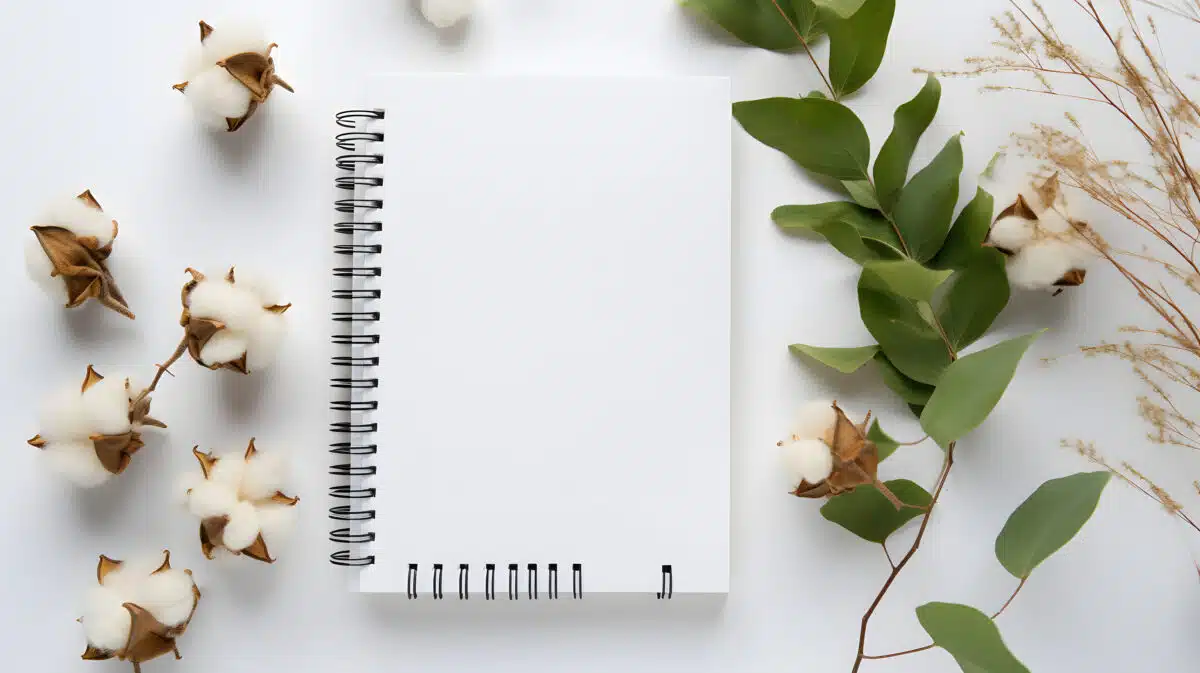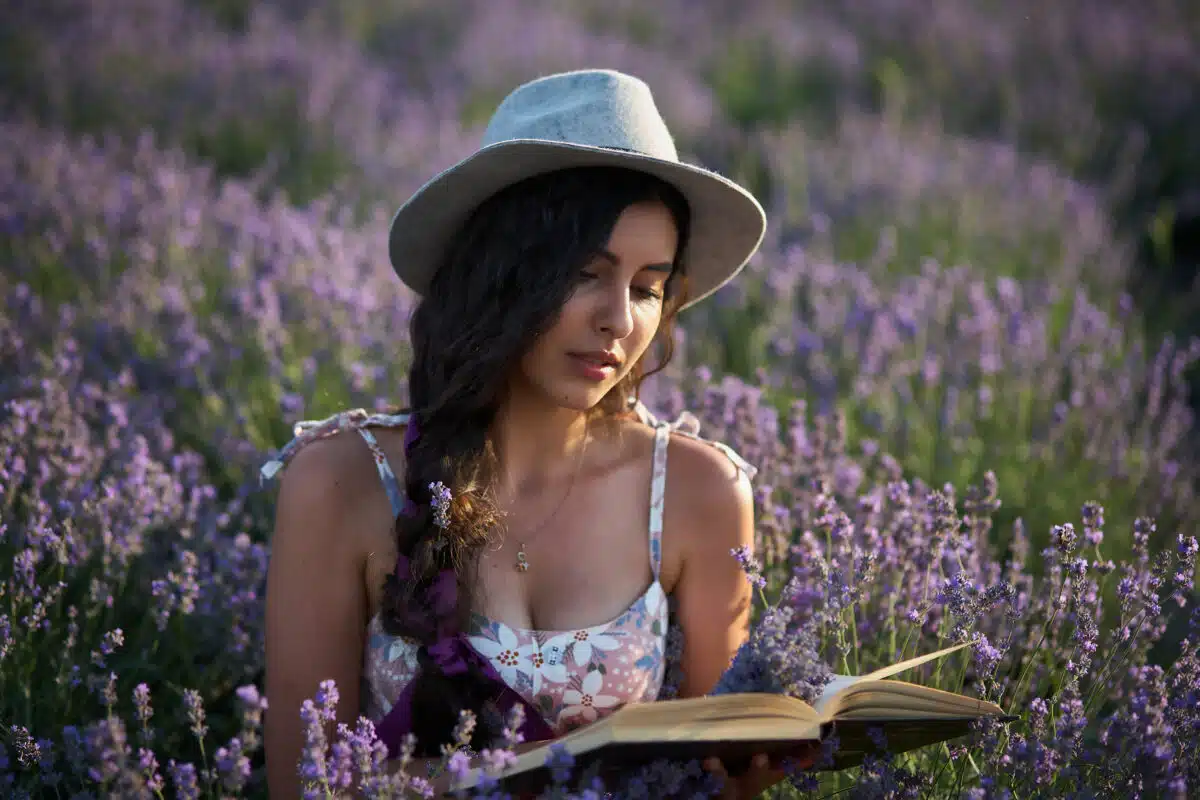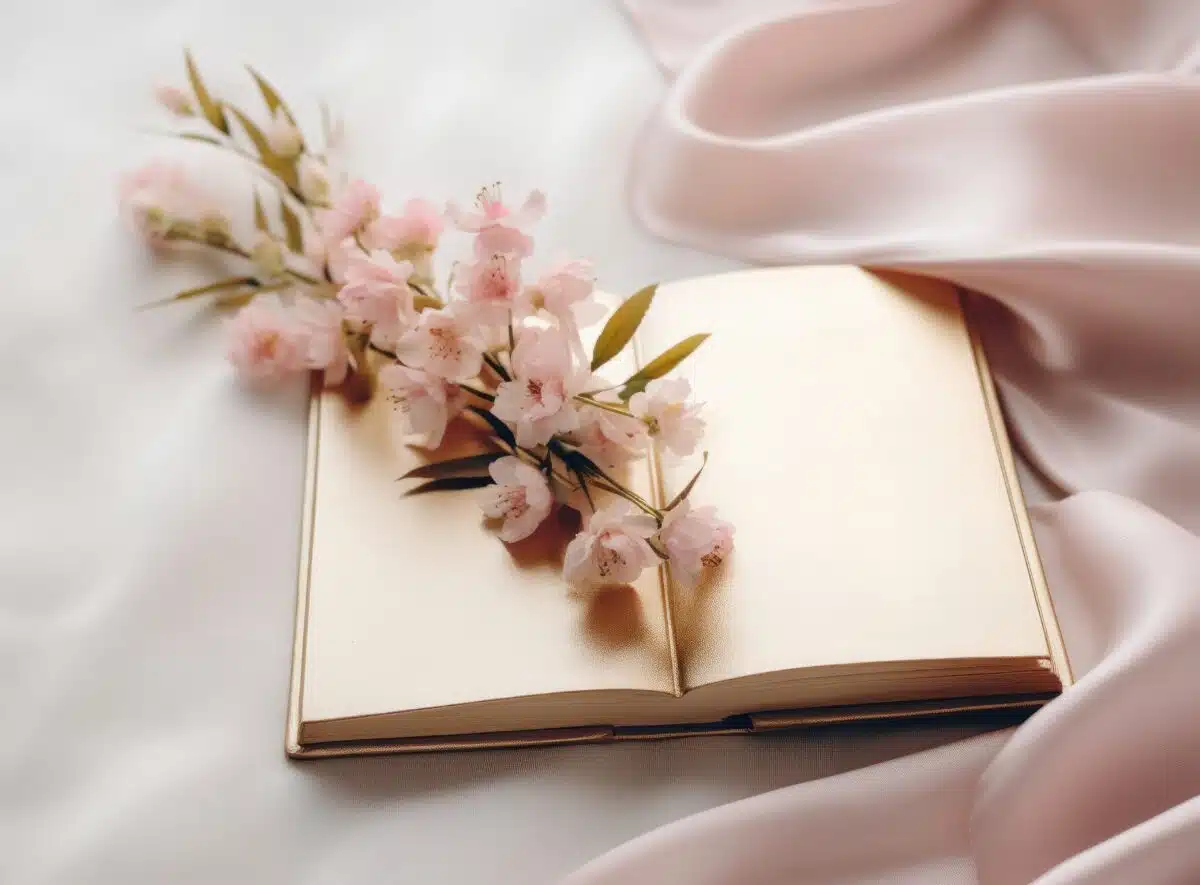Here’s what the Doha poetry form is:
The term doha refers to rhymed couplets written in Mātrika metre.
Poems written in dohas are popular in India, most notably in the Hindustani and Urdu languages.
Dohas are commonly employed individually as proverbs or in lengthy sequences that tell a story across dozens and dozens of dohas.
So if you want to learn all about the doha poetry type, then you’ve come to the right place.

Forms of Poetry: The Doha

A doha is a specific type of rhyming couplet unique to Indian poetry and its local languages.
This self-contained couplet written in Mātrika metre is common to poetry written in Hindustani and Urdu, languages of the northern and southern regions of India, respectively.
While dohas have not yet been carried over to English poems en masse, there are many poems that are famous in India that heavily feature dohas.
Some famous Indian poets who utilized doha include Tulsidas, Surdas, Rahim, Kabir, Sarahpa, and Mirabai.
Dohas are especially popular when used to retell popular stories and epics, such as in the case of Tulsidas’ Ramcharitmanas, which is itself a retelling of the legendary Ramayana.
Basic Properties of Dohas

| Rhyme Structure | Expected |
| Meter | Mātrika metre |
| Origin | India |
| Popularity | Popular in Hindustani and Urdu poetry |
| Theme | Varies |
What Is Mātrika Metre?

Mātrika metre is a meter used in Indo-Aryan languages that are based on a unique unit called a mātrā.
Take note that because India is more prone to using British English than American English, you will almost always see it written as Mātrika metre instead of Mātrika meter.
The mātrā, which we will refer to as the beat, should not be confused with the English syllable.
A single syllable can potentially be two beats in this meter, thanks to unique rules regarding long vowels.
In this sense, the beat is closer in nature to the Japanese On than the English syllable.
How Is a Doha Structured?

A doha consists of two lines, each with 24 of the beats described above.
Each line has two parts, with the first part consisting of 13 beats and the second consisting of 11.
The sections with 13 beats will parse out as 6-4-3.
This ultimately divides the couplet into four quarters, with the final couplet being a self-contained thought.
This adds a very deterministic and rigid structure to the larger piece, with the quarters of the doha functioning as pieces within pieces, often arranged into a lengthy narrative.
How Are Dohas Used?

Dohas are versatile in that they can work just as well within a larger work as they can by themselves.
The unique structure of the doha lends itself well to proverbs or quick, short philosophical poems since the doha is already expected to be a self-contained thought.
Alternatively, each doha can be the next event or thought in an over-arching narrative, potentially going on for hundreds of pages.
Entire epics have been rewritten in doha by various Hindi poets, as epics are still considered among the most important historical works of early India.
Can a Doha Be Written in English?

While extremely uncommon, there are some conventions for how to transfer the form over to English.
Similar to how we treat haikus as being made of syllables instead of On, we can impose the same measure on the doha to create a bastardized version.
We then use a caesura, usually signified with punctuation, to divide the lines into sections of 13 and 11 syllables.
While a Hindi doha is naturally written as a couplet, the written language of English makes it hard to fit such long lines onto a page comfortably.
In order to rectify this, we can write out the poem as a quatrain. Using those conventions, we might end up with a format like this:
The Bear
written as a doha
Deep in forests I used to frequent lives a great bear,
bereft of reason or mercy or patience.
He awaits those bold fools who would trespass to his lair,
ready to rend them down for their invasion.

This version utilizes a comma and an indentation to mark the caesura between sections.
The rhymes for the first and third sections are self-imposed.
Take note of how the length of the lines leaves plenty of room for narrative, even within a single doha.
This unusual length is the form’s secret weapon, giving it enough space to work almost like prose.
Tips for Writing in Dohas

You should first accept that readers are not going to pick up on the format right away.
While dohas are extremely well known in India specifically, they haven’t ventured far from their native language.
With no famous English examples to compare to, the casual audience isn’t going to notice what you’re doing on their own.
You could potentially rectify this by adding a subtitle to your poem like with the above example that uses “written as a doha” but it’s up to you to determine if it’s worth the effort or not.
It would be interesting if the doha form suddenly exploded into popularity the way Japanese haikus did, but it’s not something you can really count on.
Once you dive into the form, I recommend treating each individual doha as its own entity, even if you’re going to be writing a long poem or story utilizing the form.
Don’t get distracted by a lengthy graphic organizer detailing your entire narrative that you’re super proud of.
Just think about what the current doha needs to communicate to the reader.
Poet’s Note

Going into this, I honestly wasn’t sure how I was going to write a whole article about a form that sees very little documentation in English.
I do think this is a form that deserves to cross borders though, since we English speakers don’t have many long-lined forms of our own.
Comprehensive Collection of Poetry Forms: Craft Words Into Art

Dare to traverse the entire spectrum of poetic forms, from the commonplace to the extraordinary?
Venture from the quintessential Sonnet to the elusive Mistress Bradstreet stanza, right through to the daunting complexity of Cro Cumaisc Etir Casbairdni Ocus Lethrannaigecht.
For those with a zeal to encounter the full breadth of poetry’s forms, this invitation is yours.
Start exploring the vast universe of poetic ingenuity with our comprehensive array of poetry forms right now!
